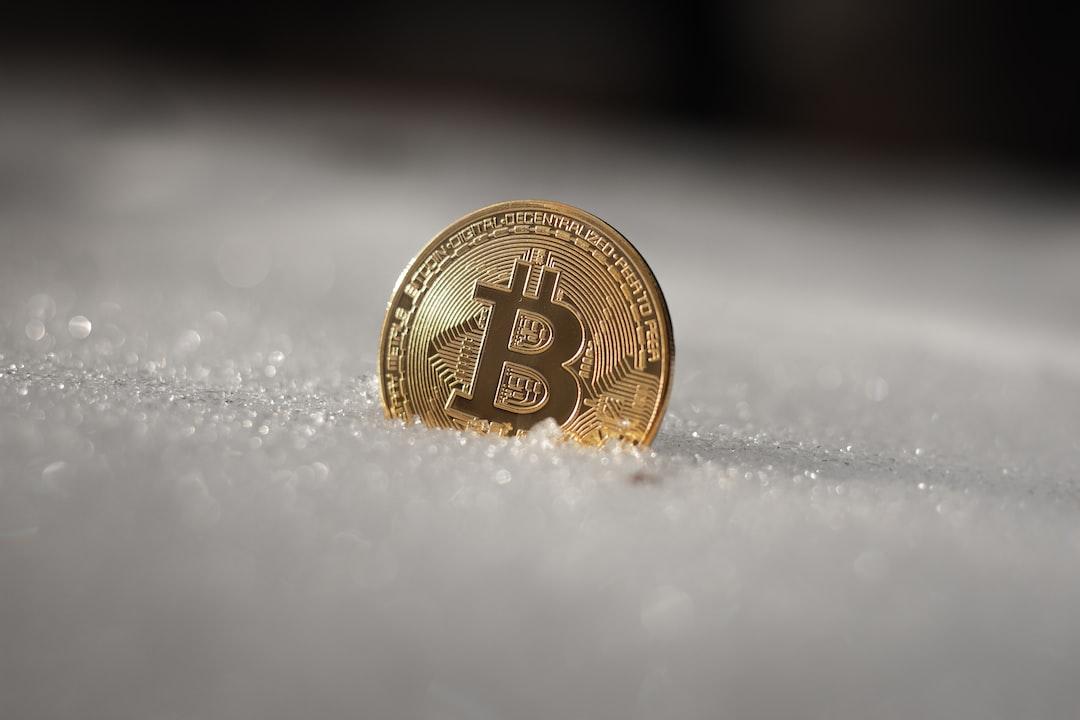Fuel Network has emerged as a promising solution in the cryptocurrency space, specifically addressing the scalability issues faced by networks like Ethereum. The network offers fast and cost-effective transactions, as well as a modular infrastructure that enables the development of decentralized applications in an agile and scalable manner.
Fuel Network is a decentralized platform built on the Ethereum blockchain, with the primary goal of resolving the scalability and efficiency challenges faced by blockchain networks. By leveraging innovative technologies such as the Fuel Virtual Machine and the Sway programming language, Fuel creates an environment where secure and scalable transactions can take place efficiently.
The FUEL token is the native token of Fuel Network and plays a crucial role in its functioning. It serves as a medium of exchange within the network and is also used to pay transaction fees, ensuring the fast and efficient processing of operations on the platform. Additionally, the FUEL token serves as an incentive for validators participating in the Proof-of-Authority (PoA) consensus process, contributing to the network’s security and stability.
The Fuel Network architecture is designed to provide fast and cost-effective transactions, as well as a flexible platform for developing decentralized applications (dApps). The ecosystem consists of several components that play essential roles in the network’s functionality and operation.
The Fuel Explorer is a block explorer that allows users to view transactions, blocks, and other data on the Fuel Network, ensuring transparency and visibility into network activity. The Fuelet Wallet is a self-custodial wallet available on iOS, Android, and web browsers, providing users with a secure and convenient experience for managing digital assets. SwaySwap is a decentralized exchange built on the Fuel Network, enabling users to trade cryptocurrencies quickly and securely. The integration of SwaySwap into Fuel ensures efficient interoperability and transaction processing, contributing to a vibrant DeFi ecosystem. The Gas Station Network is a decentralized system that abstracts gas fees, minimizing friction for dApps within the Fuel Network and improving the user experience.
Fuel Network’s underlying technology is supported by three central pillars. Firstly, it executes transactions in parallel, utilizing a strict state access model in the form of a UTXO model, which optimizes CPU resource utilization and increases transaction processing speed. The Fuel Virtual Machine (FuelVM) is designed to optimize transaction processing by reducing inefficiencies associated with traditional blockchain virtual machine architectures, improving overall system performance. Lastly, the network introduces a domain-specific language called Sway, along with a supporting toolchain called Forc, which combines the benefits of Solidity with the Rust tooling ecosystem, enhancing developer productivity and code security.
In conclusion, Fuel Network is a promising solution to the scalability and efficiency challenges faced by blockchain networks, particularly Ethereum. By providing fast and cost-effective transactions, as well as a modular platform for dApp development, Fuel Network is driving blockchain adoption and innovation. With its advanced technology, efficient consensus model, and commitment to decentralization, Fuel Network empowers users and developers to explore the full potential of blockchain technology.
FAQ:
1. What is Fuel Network?
Fuel Network is a decentralized platform built on the Ethereum blockchain, focused on providing fast and cost-effective transactions, along with a modular infrastructure for developing decentralized applications.
2. What is the goal of the Fuel Network?
The main objective of the Fuel Network is to address the scalability and efficiency challenges faced by blockchain networks, especially Ethereum, by providing a platform for secure and scalable transactions.
3. How does the Fuel Network work?
Fuel Network utilizes innovative technologies such as the Fuel Virtual Machine and the Sway programming language to optimize transaction processing on the Ethereum blockchain. Its modular approach allows developers to build various dApps on top of the platform.
4. What are the main components of the Fuel Network?
The core components of Fuel Network include Fuel Explorer, Fuelet Wallet, SwaySwap, and Gas Station Network. These components work together to provide a comprehensive experience for users and developers.
5. What is the role of the FUEL token in the Fuel ecosystem?
The FUEL token serves multiple functions within the Fuel platform, including payment of transaction fees, incentives for validators, and as a medium of exchange within the network.
6. Where can I buy Fuel Network crypto?
To purchase the Fuel token, interested individuals can follow the platform’s official social networks and access the official Fuel Network website for updated information about the project and the crypto’s launch.
7. Is Fuel Network crypto a good investment?
As with any investment, the worthiness of Fuel Network crypto depends on several factors, including analyzing the potential of the platform and its innovative technologies for optimizing transaction processing and developing decentralized applications.
8. Is Fuel crypto worth it?
Determining the worthiness of Fuel crypto involves evaluating the potential of Fuel Network, a decentralized platform built on the Ethereum blockchain. With its fast and cost-effective transactions and modular infrastructure for dApp development, Fuel shows promise in the cryptocurrency landscape.
Disclaimer: The views and opinions expressed in this article are for informational purposes only and do not constitute financial, investment, or other advice. Investing or trading cryptocurrencies carries a risk of financial loss.
Editor’s Choice: No related posts.

